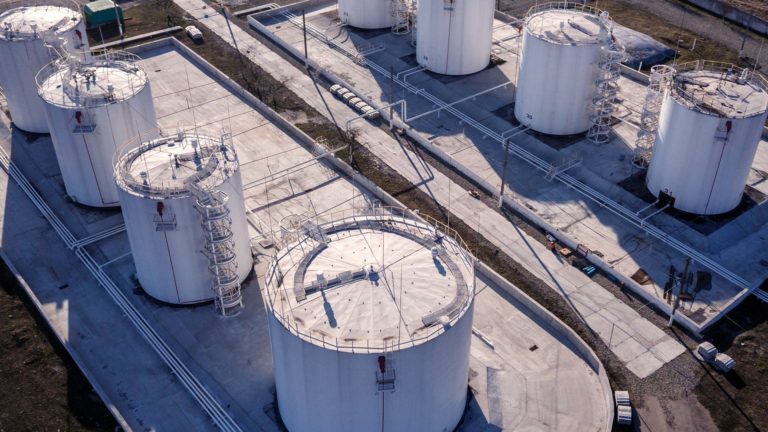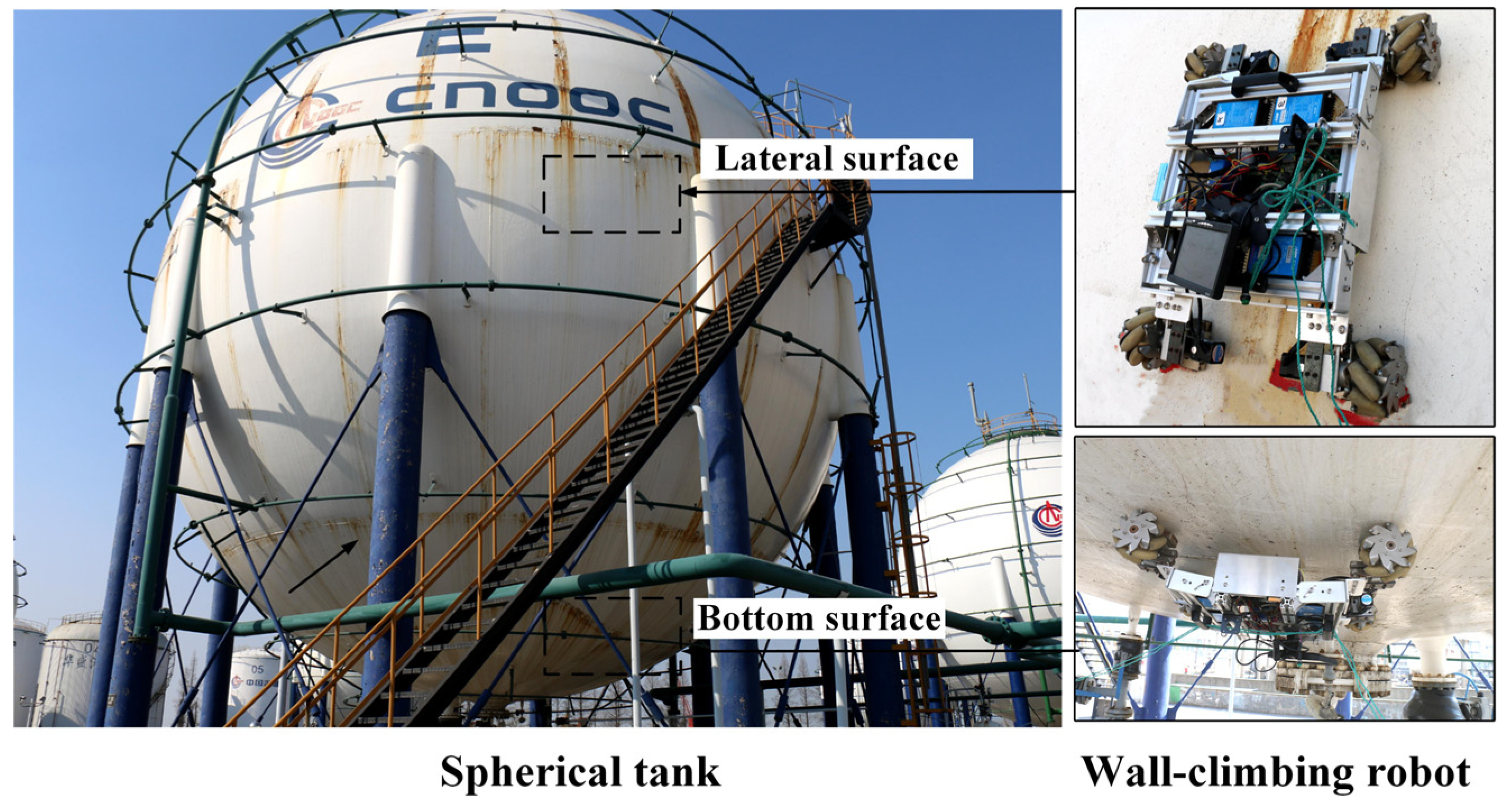Comprehensive Guide to Effective Storage Tank Welding Assessment Techniques and Ideal Practices for Top Quality Guarantee
In the world of tank welding, extensive inspection strategies are vital for protecting structural honesty and guaranteeing compliance with sector policies. As we explore these necessary elements, it becomes clear that an aggressive assessment technique is not simply useful, but crucial for operational success in settings dealing with dangerous products.
Significance of Container Welding Assessment

Storage tank welding inspection functions as a preventative action, identifying prospective issues such as cracks, porosity, or incorrect joint infiltration before they intensify right into serious issues. Routine examinations not only abide by sector regulations and requirements however additionally enhance the durability of the storage tanks, lowering the need for expensive repair services or substitutes.

Aesthetic Examination Techniques
Employing systematic visual evaluation techniques is important for examining the top quality and honesty of bonded joints in containers. This approach works as the first line of defense in identifying potential defects such as splits, damages, and not enough infiltration. The assessor must come close to the job with a keen eye, utilizing suitable tools like magnifying glasses, flashlights, and mirrors to boost presence.
Throughout the assessment process, the examiner ought to evaluate the weld profile, guaranteeing it complies with specified standards and guidelines (Tank Welding Inspection). This consists of taking a look at the grain width, elevation, and blend with the base product. Examiners should additionally pay attention to the bordering areas for indicators of thermal distortion or contamination that might impact the weld's performance
Documents of searchings for is vital; inspectors need to tape any type of anomalies, classifying them by seriousness for further analysis. This methodical method not just aids in immediate issue identification but additionally adds to lasting quality control by making certain compliance with sector requirements. Regular training and calibration of aesthetic evaluation strategies even more enhance the dependability of assessments, inevitably leading to more secure and a lot more resilient tank frameworks.
Non-Destructive Testing Techniques
Non-destructive testing (NDT) techniques are regularly utilized in container welding evaluations to analyze the integrity of bonded joints without compromising their architectural honesty. These methods are crucial for determining defects such as fractures, voids, and additions that can lead to disastrous failures if left undiscovered.
Usual NDT methods include ultrasonic screening (UT), which makes use of high-frequency acoustic waves to find internal defects; radiographic screening (RT), using X-rays or gamma rays to imagine weld frameworks; and magnetic fragment testing (MT), which reveals surface and near-surface stoppages in ferromagnetic materials (Tank Welding Inspection). Liquid penetrant screening (PT) is additionally extensively used, efficient in detecting surface-breaking problems by using a fluorescent or shade comparison color
Each NDT method has its particular applications and advantages, making it necessary for inspectors to select the suitable method based upon the product and the kind of weld being reviewed. The integration of these NDT methods into the evaluation process improves the general top quality guarantee structure, making certain that bonded containers meet safety and performance standards. Ultimately, NDT plays an essential role in maintaining the integrity and longevity of tank structures in various commercial applications.

Documents and Reporting
Ensuring comprehensive paperwork and reporting during storage tank welding evaluations is important for preserving conformity with market requirements and assisting in efficient communication among stakeholders. Proper documentation serves as a comprehensive record of inspection tasks, searchings for, and any type of restorative actions taken throughout the welding process. This information is essential not just for quality control however likewise for audits and regulatory reviews.

A well-structured inspection record need to consist of details such as the day of examination, names of examiners, welding procedures employed, products utilized, and any deviations from developed requirements. Additionally, pictures and representations can enhance the clearness of the report, providing aesthetic context to the findings. It is also vital to document any non-conformities in addition to their resolution, making sure that all stakeholders are notified of possible dangers and the steps required to reduce them.
In addition, preserving a centralized data source for all inspection records enables very easy important site retrieval and testimonial, promoting a society of transparency and liability. By prioritizing thorough paperwork and coverage, organizations can not just support top quality Visit Your URL assurance yet also enhance their reputation within the sector, ultimately causing boosted safety and functional efficiency.
Constant Renovation Practices
Continuous enhancement techniques are essential for improving the top quality and performance of tank welding inspections. Executing a methodical technique to examine and improve examination methodologies fosters a culture of quality control within the company. One efficient method includes normal training and upskilling of examination employees to remain abreast of the current welding technologies and standards. This guarantees inspectors possess the required knowledge and skills to identify problems accurately.
In addition, using data-driven analysis allows organizations to track examination outcomes, determine trends, and pinpoint locations for enhancement. Utilizing tools such as origin reason analysis can aid in recognizing the underlying problems resulting in defects, making it possible for targeted treatments. Additionally, soliciting responses from assessment teams and stakeholders develops a collective environment that motivates innovative remedies.
Incorporating innovative innovations, such as automated examination systems and real-time tracking, can significantly boost the accuracy and rate of evaluations. Regular audits of the assessment processes likewise add to a society of accountability and continual refinement. Inevitably, these description constant enhancement techniques not just boost the high quality of storage tank welding examinations yet likewise contribute to total operational excellence and client satisfaction.
Final Thought
In verdict, reliable container welding inspection is pivotal for guaranteeing the architectural stability and security of storage space systems, especially those managing dangerous materials. Using a mix of aesthetic assessment strategies and non-destructive testing methods helps with the early identification of problems, thus maintaining compliance with industry standards.